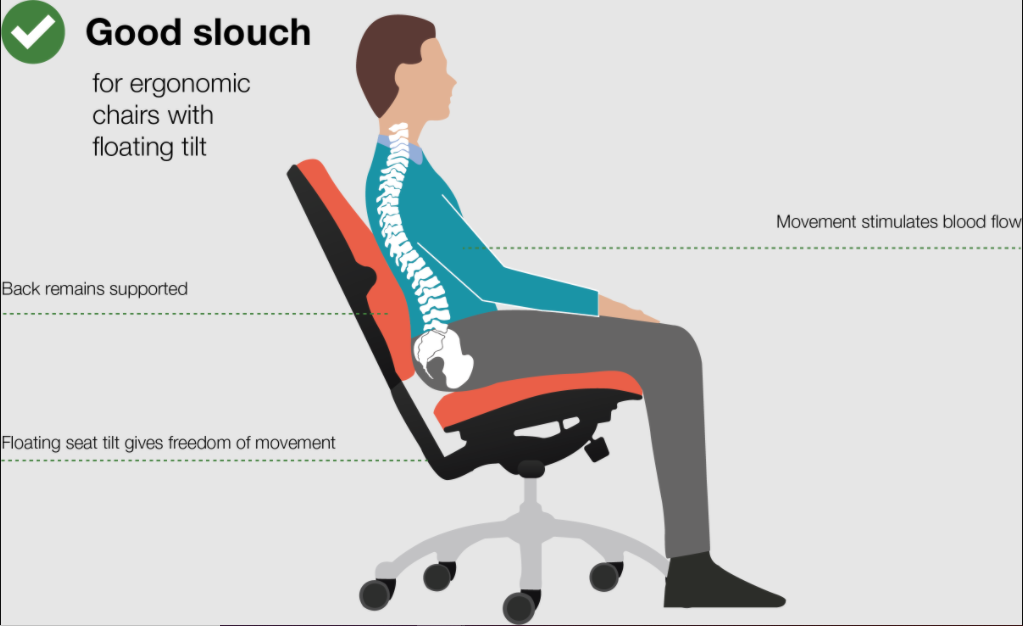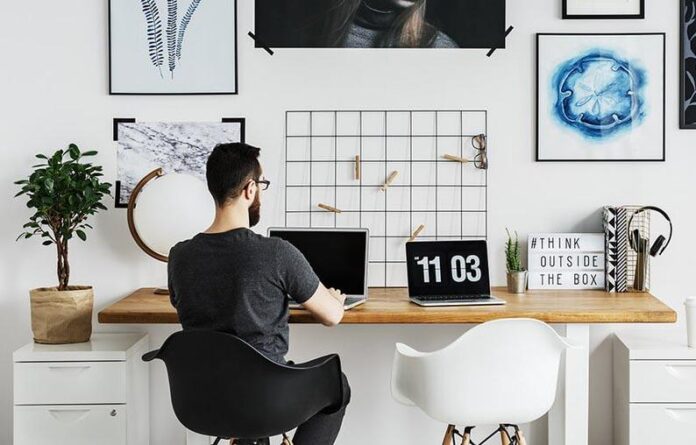With the pandemic wreaking havoc outside our doors, many companies have changed the status of their workers’ workplaces to be hybrid workplaces. In short, workers currently work in shifts between working at home to working in the office. This change has been global and many have found the need to adjust. Working at home is especially daunting as you will have to fight the urge to leave your working space.
Make your working space ideal for working with these changes:
Desk
The desk is the most important part of any working space, whether you are in the office or at home. Its use can directly affect productivity, efficiency, and comfort of working at home. Take the time to mull over this decision as it is a long-term investment with the ability to positively influence your overall workflow.
What’s important as a first step is that you consider the minor details:
Are you looking to get a bigger monitor at any point?
Do you anticipate having clients or guests?
How much extra space do you need for off-screen tasks?
Which frequently used objects will require space on the desk?
Which desk is suited for your body type?
Second, you can follow these ergonomic guidelines for a seated desk to ensure productivity and comfort throughout the full working day:
The desk height should be 28-30 inches from the ground (higher if you are taller than average).
When sitting at the desk, your elbows should rest at 90 degrees with your hands flat.
If you do a lot of typing, consider a desk with a keyboard tray to keep your wrists flat.
Allow for enough chair space to easily stand up and sit down and access all parts of the desk without twisting or straining.
Frequently used items should be easily retrievable without twisting or straining.

Chair
Sure, comfort is the first thing you should consider when buying a chair for your home office. But that is not the crucial aspect you should be paying attention to, as you will need to pay close attention to the lumbar support. A good office chair should be slightly indented towards the bottom of the backrest so that it follows the curve of your spine and sits comfortably within the indent of your lower back.
On the other hand, armrests are useful but not essential. If it hinders your movement of going in and out of your desk or adjusting your chair to the correct height, you can forego the armrest as the arm rests on the table most of the time.
Here are the basic ergonomics to keep in mind when choosing an office chair:
The height should be adjusted so that your feet can be placed flat.
The depth of the seat should be enough for a fist of space between the chair and the back of your knee/calf.
The width should easily accommodate your hips.
The backrest should match the shape of your spine, offering sufficient lumbar support.
The backrest should also be flexible, allowing a range of motion between 90-115 degrees.
The backrest should be at least 18” higher than the seat.

Lighting
Although lighting may not be the first thing you notice when you step into an office, but it affects your comfort and productivity levels. Save yourself the reduced energy levels, eyestrain, and headaches by taking into account all forms of lighting.
The best kind of lighting is natural light, as it’s easy on the eye, keeps us awake and focused, and makes us happier by triggering the release of mood-boosting serotonin. Ideally, sit facing the window (or at 90 degrees to the window) to avoid direct sunlight on the screen as it can result in glaring sunlight. Shadows are not good either, so position the desk facing north or south and fit the window with a blind for greater control of the amount of light coming in.

If natural lighting is not an option, then ambient lighting is something you can work with. Ambient light refers to the light that fills the room whether it is natural light, overhead light, lamps, wall lighting, or any combination of these.
Particularly for home offices, dim lighting will lead to drowsiness but harsh fluorescent light can be draining and lead to migraines. Defuse any harsh or direct light by making use of lampshades or better positioning.
Colors
For a change of mood, consider changing the color of your décor or the walls of your home office. Again, color may seem trite yet big companies are known to make full use of it when designing their offices. Your home office should be no different.
This is because we tend to associate each color with certain characteristics and emotions. In the process of adding colors to your home office, think about the values you would like to represent in the work you do and how that might be expressed in color.

Source: Ergonomic Trends
What do you think of the tips above? Have you used any of the tips? Tell us your experience in the comments section below!






